Inventory: Cookery school / Sicily
Island of plenty
Italian self-trained chef Fabrizia Lanza swapped the city for the countryside almost 20 years ago to take up the mantle at her family’s cooking school in Sicily. We take a class to find out how the establishment is championing regional cuisine and nourishing the local community.
“The allure of Sicily is that it is a small continent of unique flavours, with each part having its own identity,” says Fabrizia Lanza as she prepares a dish in the kitchen of her cookery school. “We have mountains, rolling hills and the sea. The soil is different – think of the rich volcanic terroir around Etna – and ingredients are distinctive. Food is varied, so a dish that you find in Messina might not exist in Catania.”
Born in Palermo to an aristocratic family, Lanza opted to leave her homeland behind at 18 years old to study art history in Florence. After almost two decades working at museums in northern Italy, the siren call of home lured her back to Sicily, where she decided to take up the torch and manage the culinary school set up by her mother in 1989. Nestled on the 600-hectare Regaleali estate, where her family has busied itself making wine for eight generations under the Tasca d’Almerita label, the school teaches students about Sicilian cuisine, from traditions and cooking techniques to ingredients.
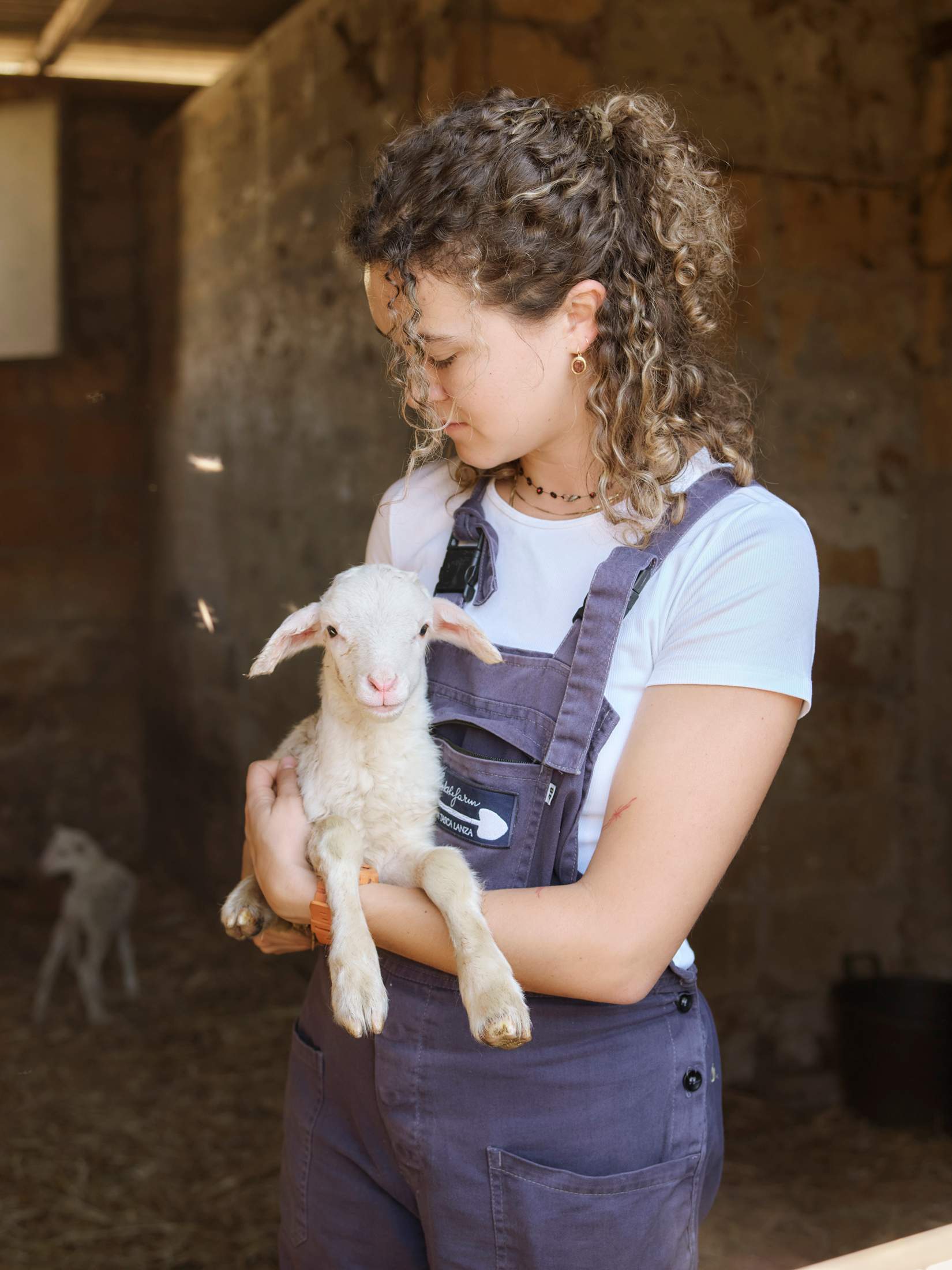
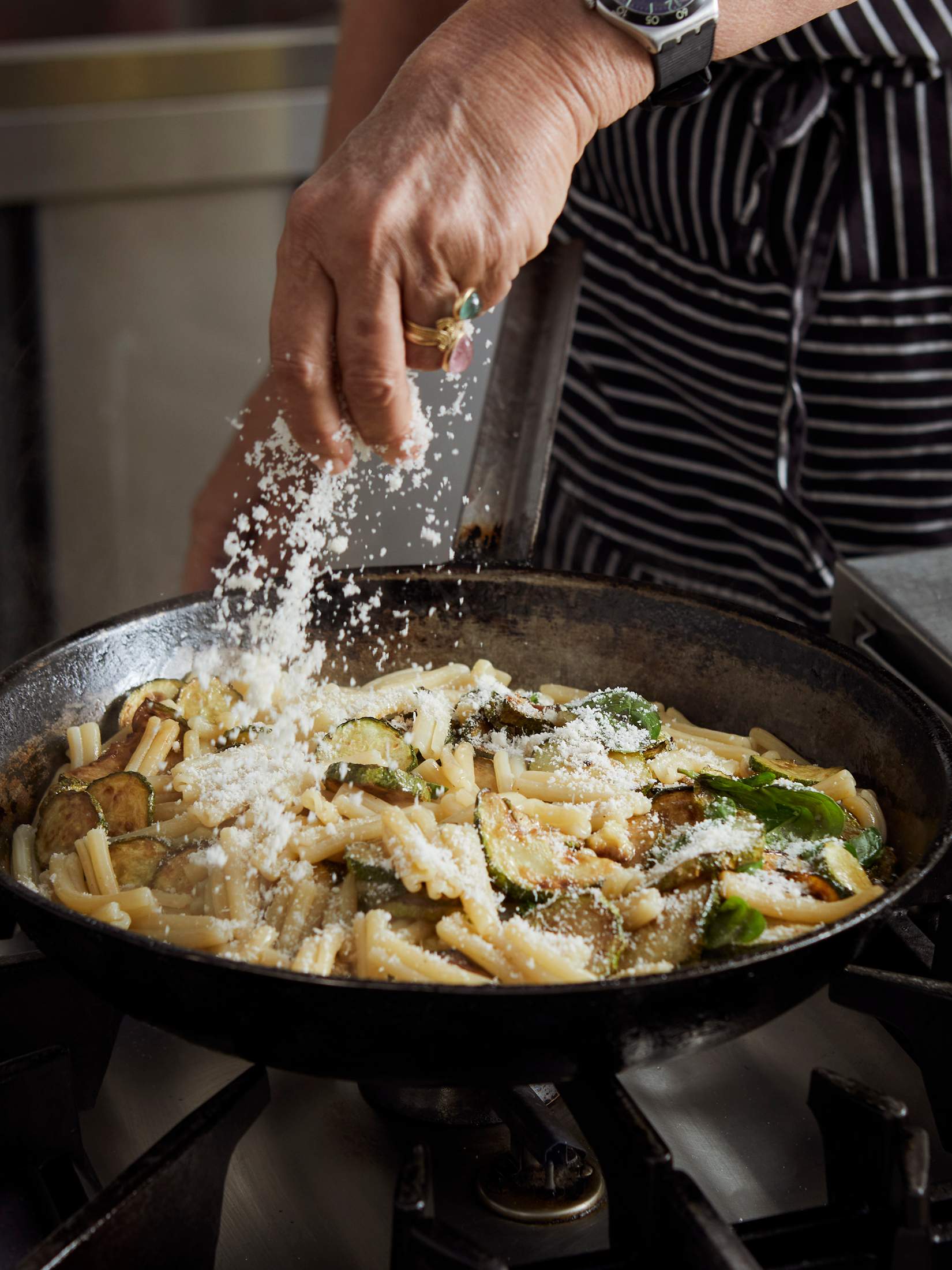
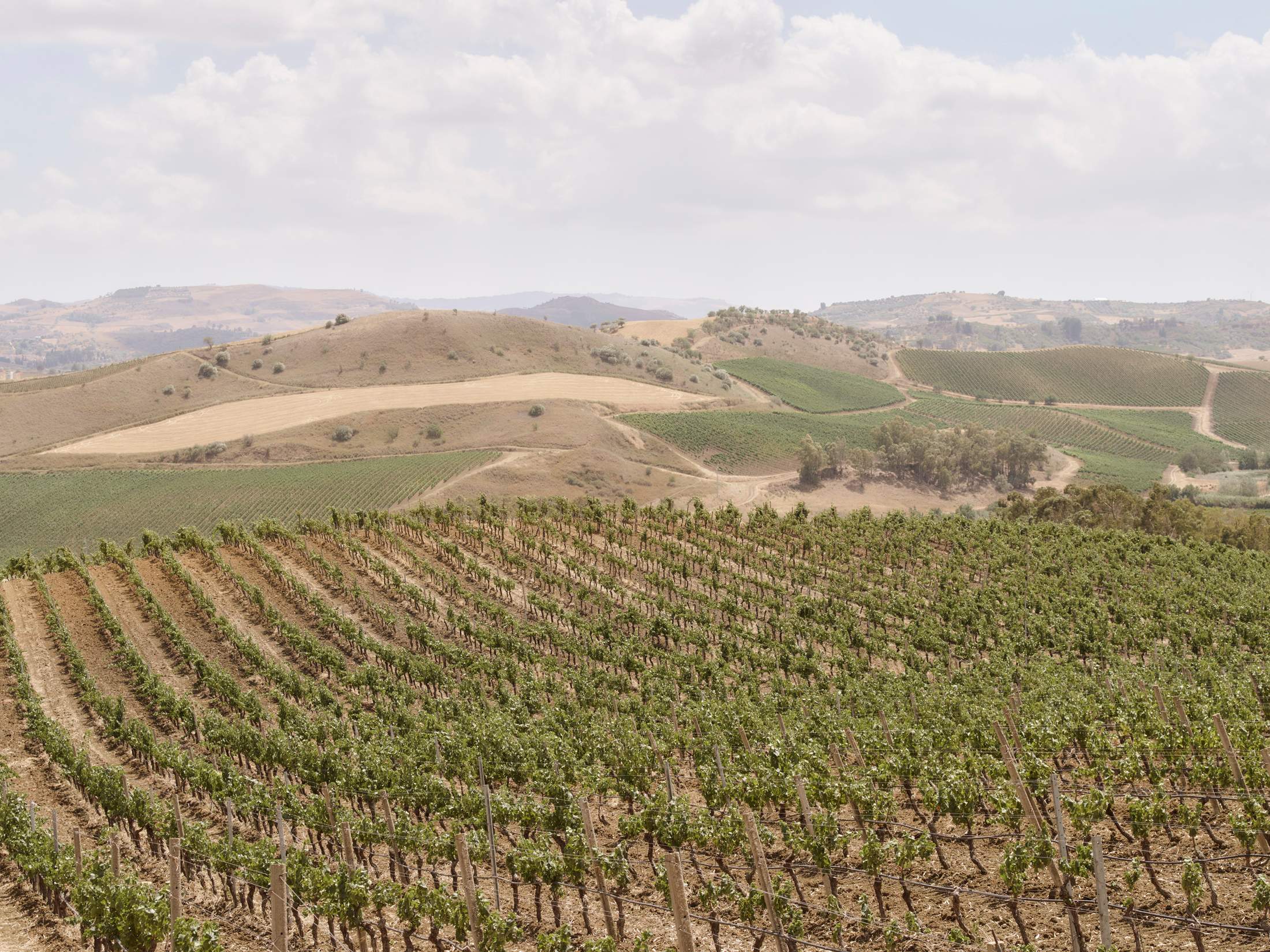
There is much to learn about the island’s food, aside from classics such as ricotta-filled cannoli and pasta alla norma.Overthe centuries, a succession of invaders brought new ingredients to Sicily and transformed its agricultural practices, leaving a lasting mark on the region’s culinary scene. “It’s a melting pot,” says Lanza with a sense of animation. “The Arabs brought sugar cane to us, so we started to make candied fruit and marzipan. Then the Spanish brought us the tomato and potato, which revolutionised our cuisine.”
The Anna Tasca Lanza school’s team of 12 welcomes more than 250 students every year, attracting a range of travellers from places as afar afield as North America and Australia. Even prominent chefs have enjoyed spells at the institution, including Alice Waters of Chez Panisse and Beirut’s Kamal Mouzawak. Some visit as part of a food-focused holiday to learn how to prepare specific recipes, such as stuffed calamari with currants and pine nuts, while those working in hospitality stay longer. The six-week Cook the Farm course, for example, is designed for anyone interested in food production. It involves trips to an olive-oil press and a flour mill, where students learn about ancient grains.
Foraging and on-site work in the school’s garden are part of the process. “These activities get people thinking about the environment and the produce,” says Lanza. Classes and meals take place within the idyllic Case Vecchie, a collection of stone structures from the 1830s surrounding a courtyard. Fig, lemon and orange trees frame the property, while a majestic old pine tree leads down to a swimming pool where attendees can unwind in the afternoon to beat the fierce Sicilian heat.
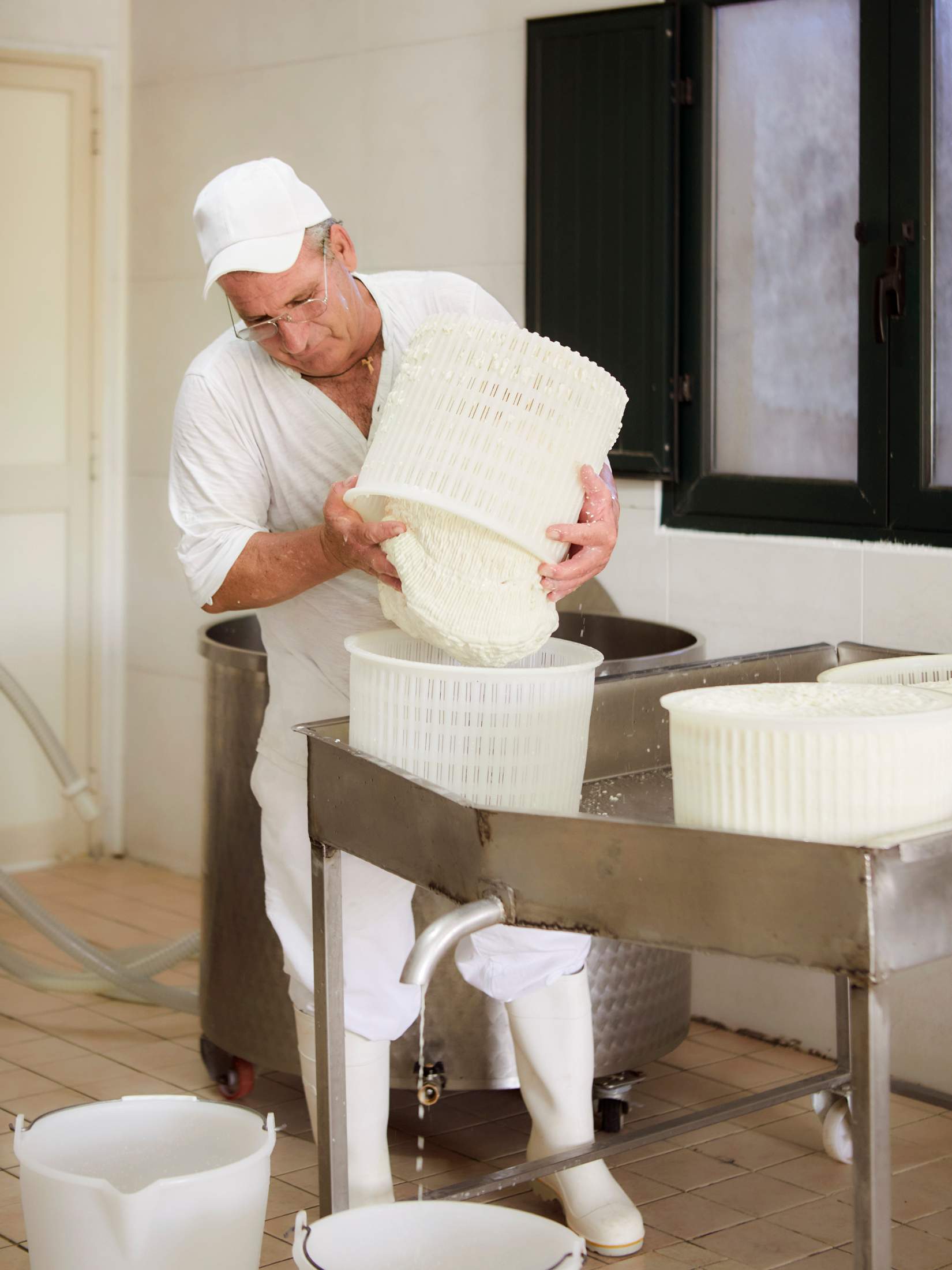

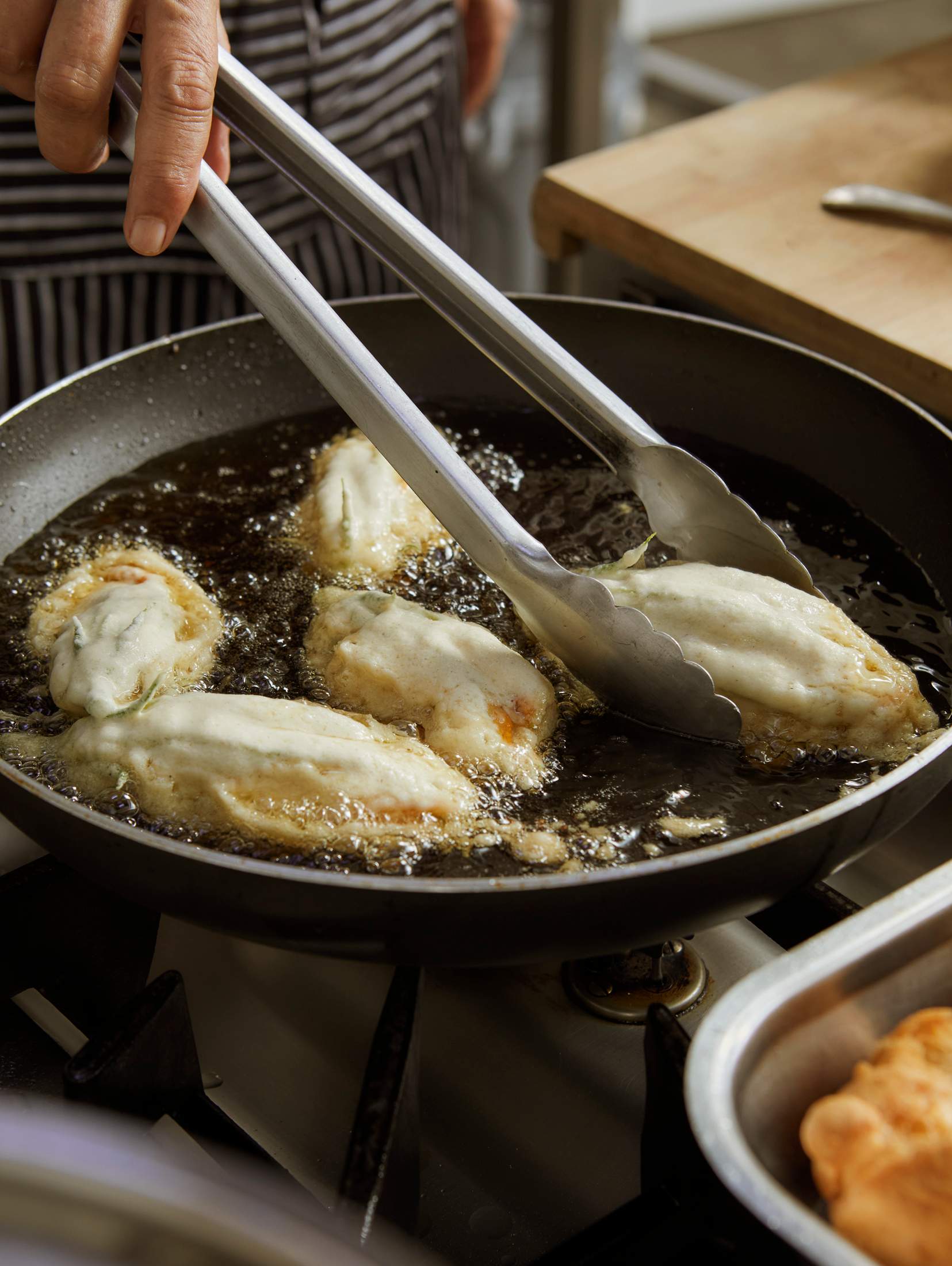
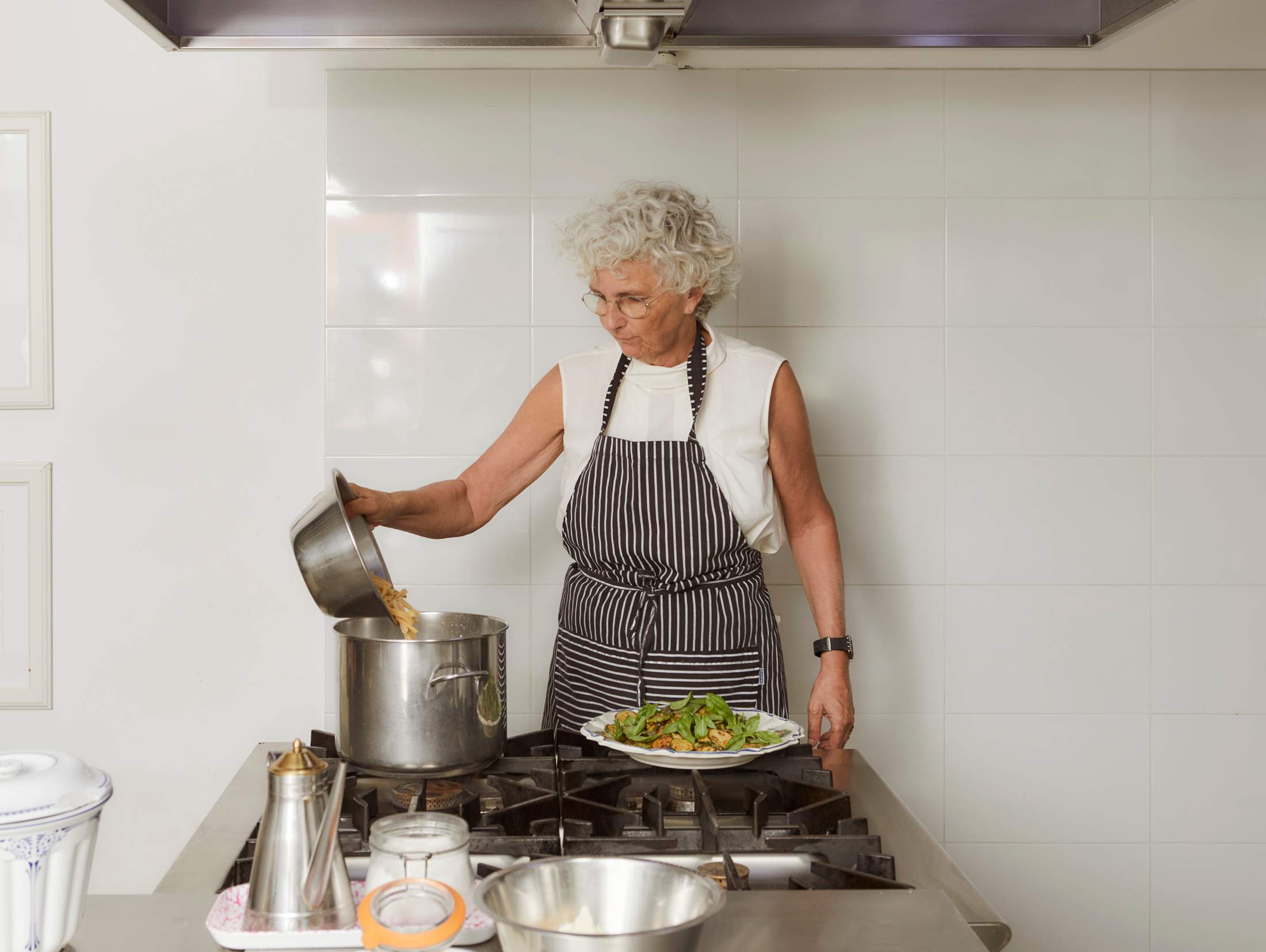
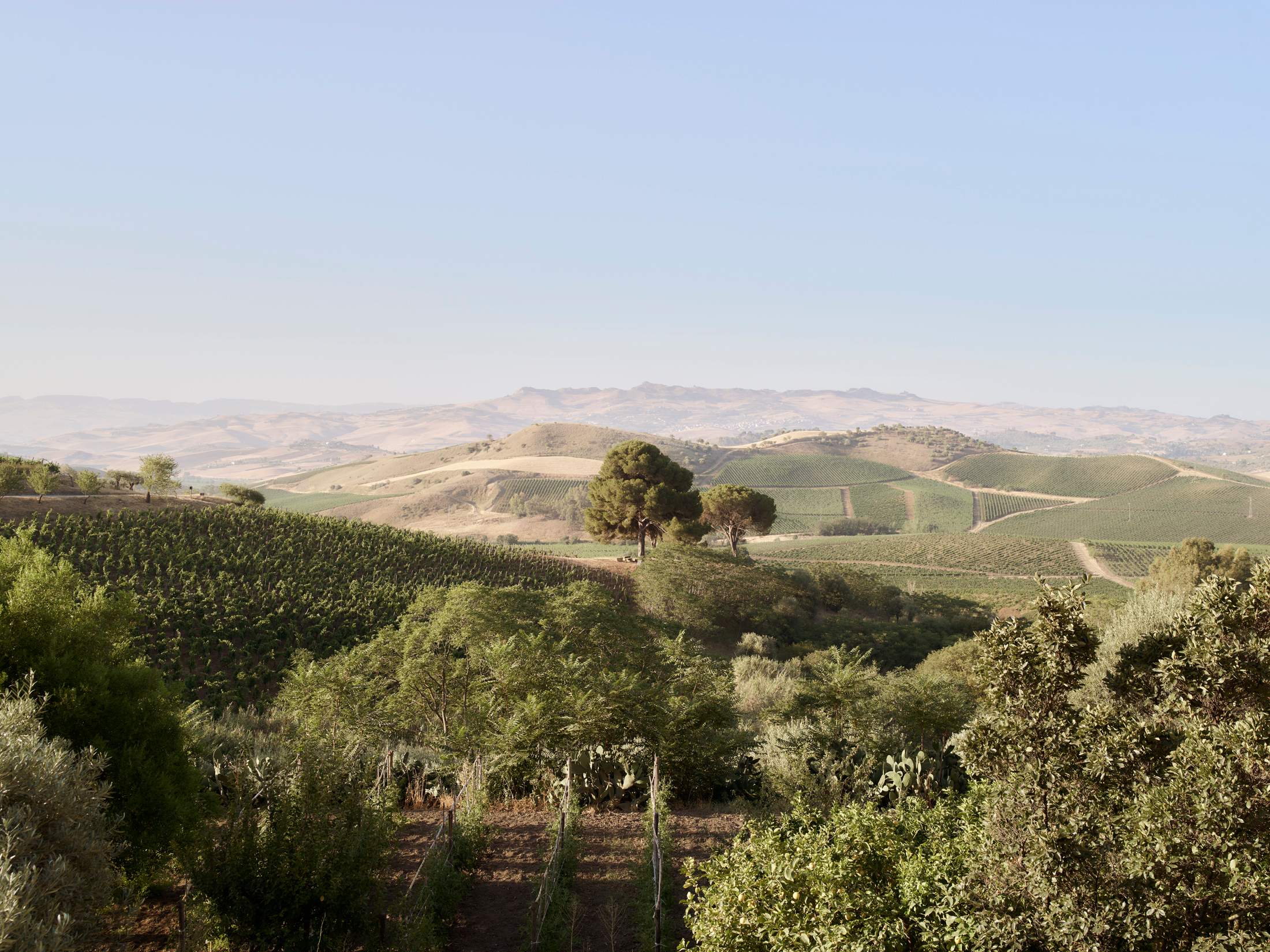
During Monocle’s visit, Lanza and her students take a trip to a local ricotta producer. She then whips up fried courgette blossoms for lunch in the school’s cosy kitchen space while Francesca Farris, the co-ordinator of Cook the Farm, gathers herbs in the garden. Meals are paired with wines made on the estate at the Tasca d’Almerita winery, a short drive up the road, and feature indigenous grape varietals such as grillo, nero d’avola and perricone.
Lanza emphasises the importance of seasonal cooking to her pupils and prepares food using regional ingredients. Some of these components, including ornate breads, are derived from religious festivals such as the feast of St Joseph, which takes place in March. Lanza has committed many of her recipes to paper through cookbooks that chronicle the incredible array of dishes found on the island. Her latest title, The Food of Sicily: Recipes from a Sun-drenched Culinary Crossroads, documents 75 of her most-loved dishes, from savoury to sweet creations. One of her favourite recipes in the book is cassatelle: ricotta-filled turnovers, from the area around Trapani, which locals nibble on at breakfast. Lanza enjoys dispelling myths about Sicilian food. “Most people have this stereotype that our cuisine is very spicy because the island is close to north Africa. But this is not so,” she says. “We derive flavour from ingredients such as capers, wild fennel and oregano.”
During her time at the school, an increasing number of young people have begun signing up for classes; there is lodging on the site for up to 14 guests. “When my mother started her classes, we mainly received older students and retirees; often Italian-Americans reconnecting with their roots,” she says. “Nowadays, it’s encouraging to see more people in their twenties and thirties coming to learn about cooking with fresh, quality ingredients.”
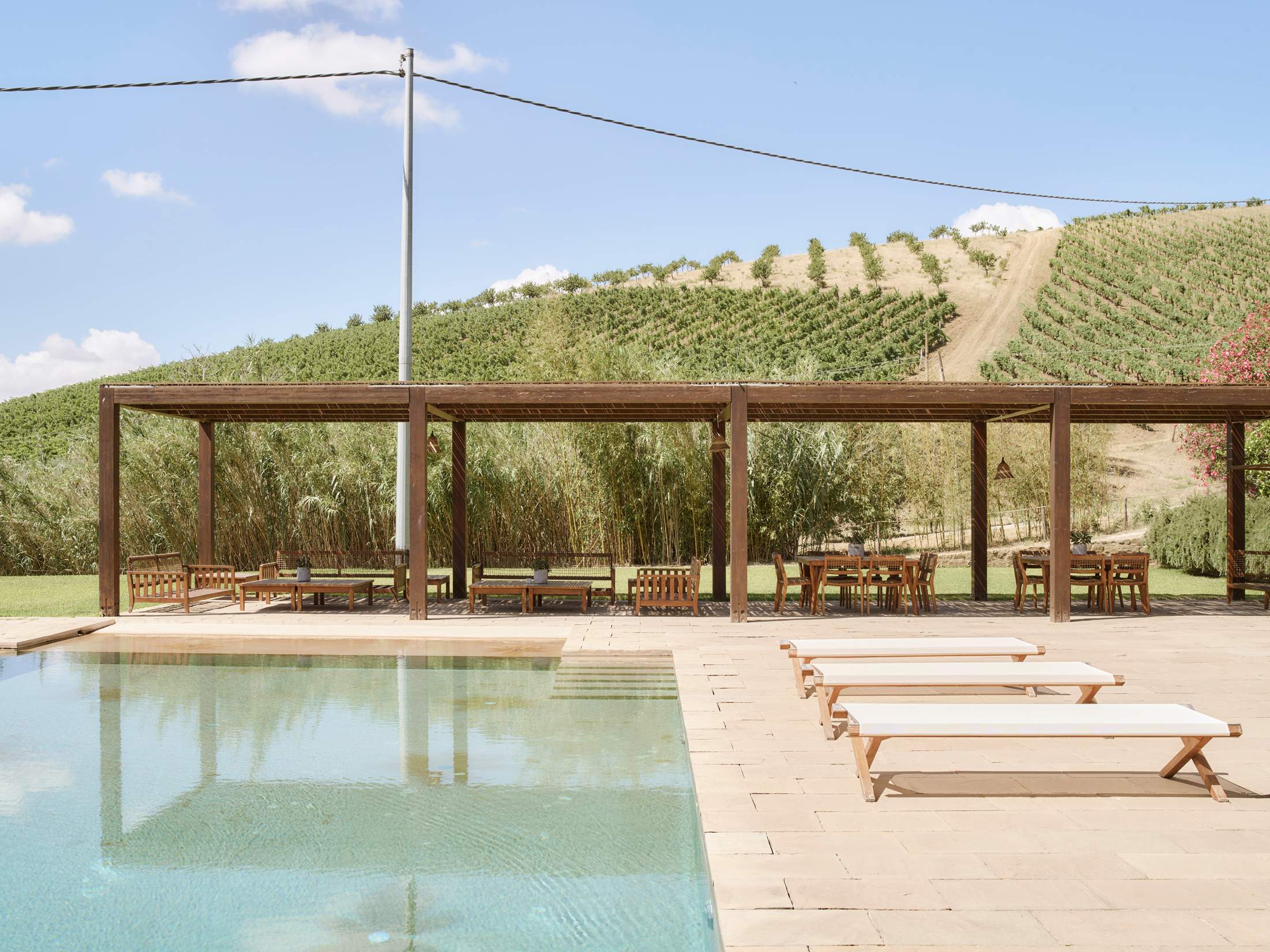
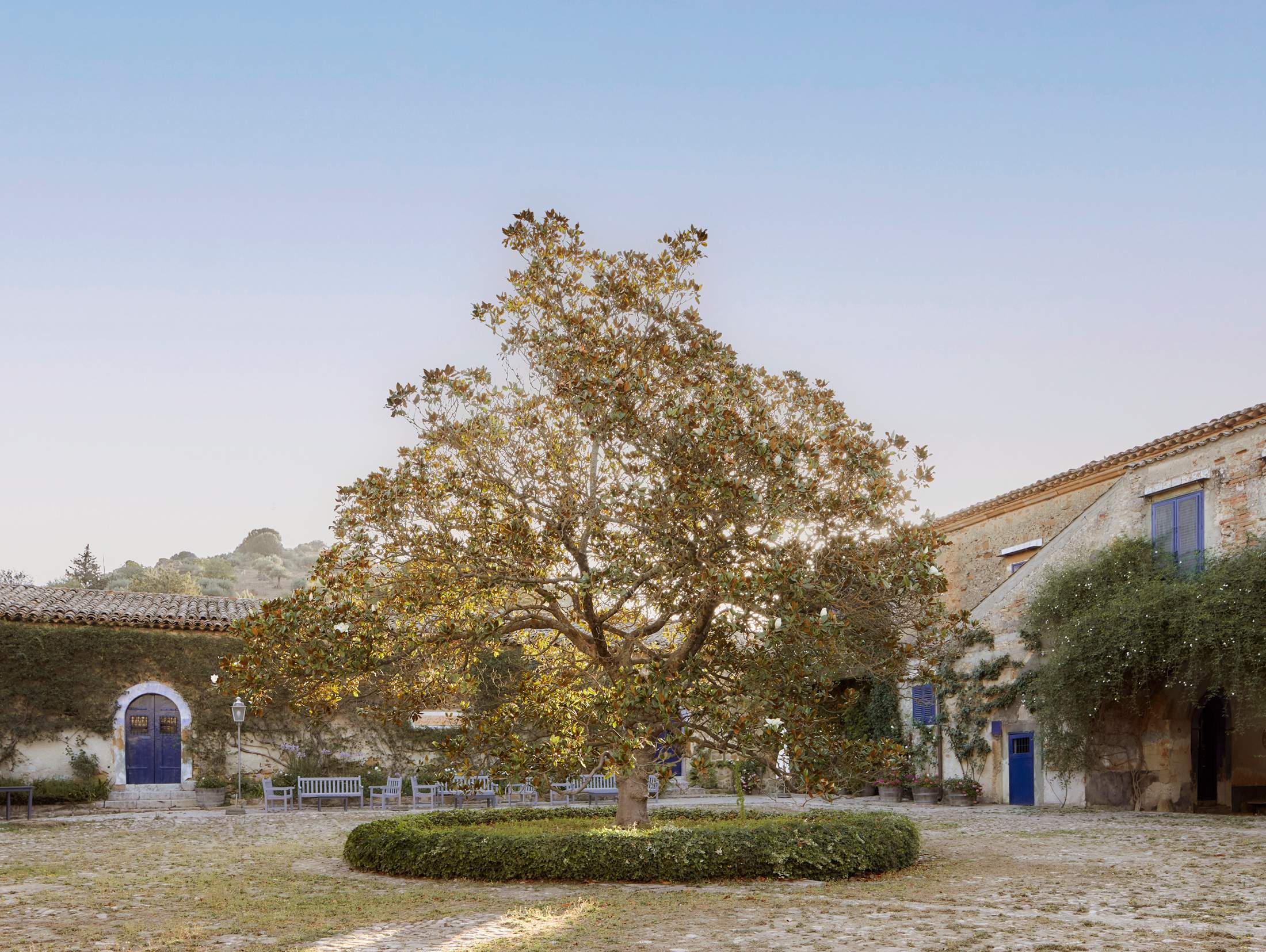
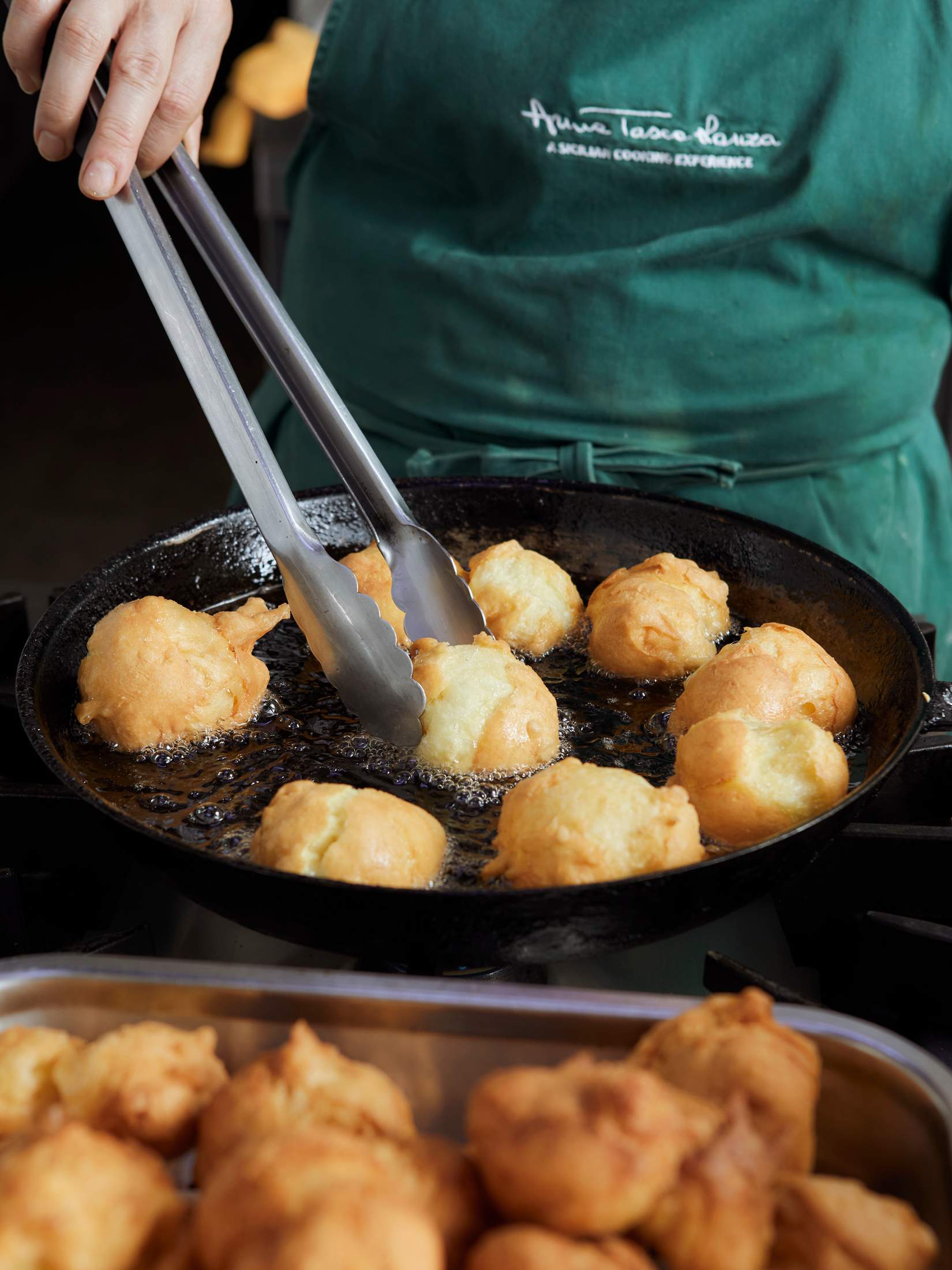
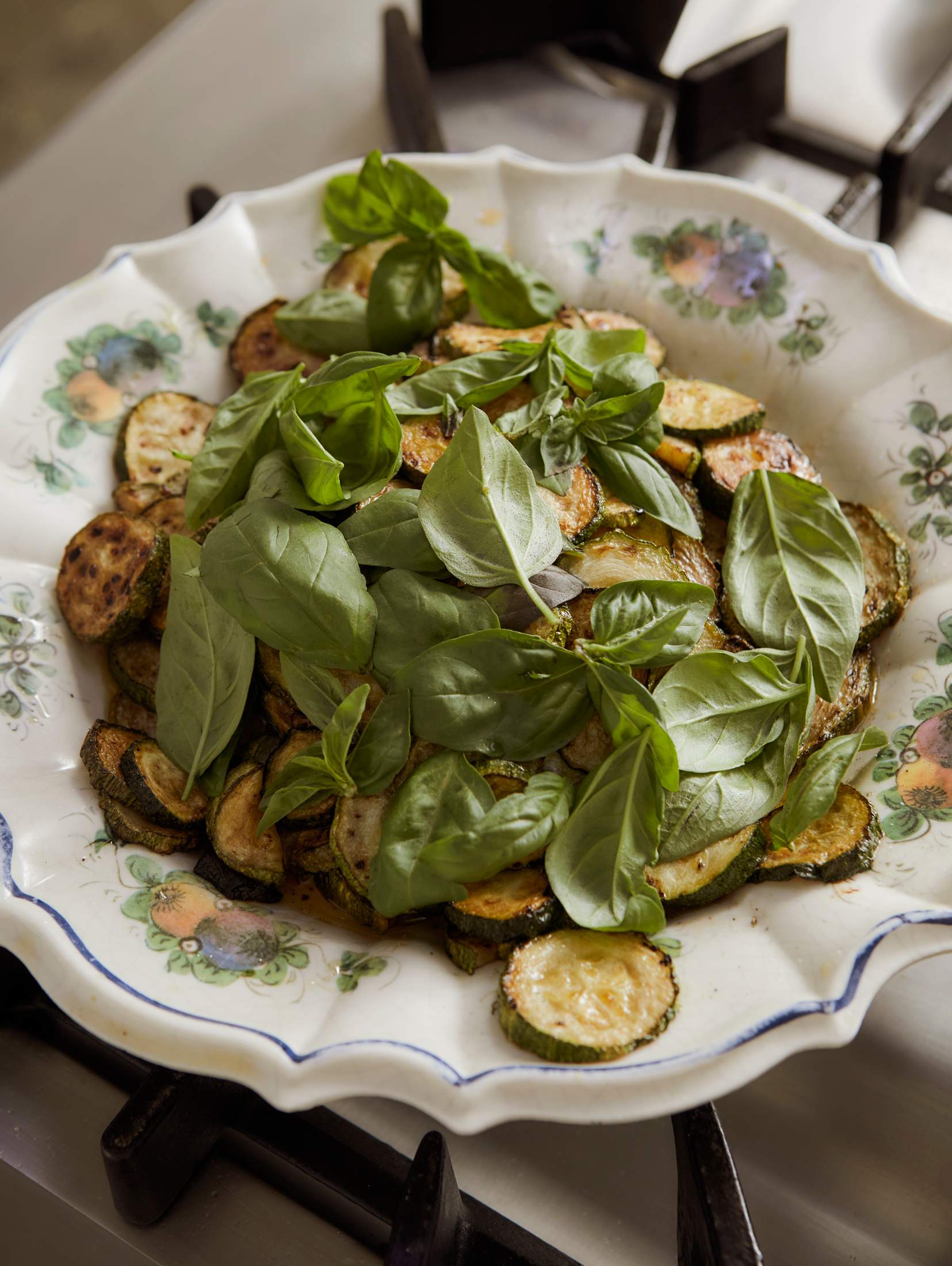
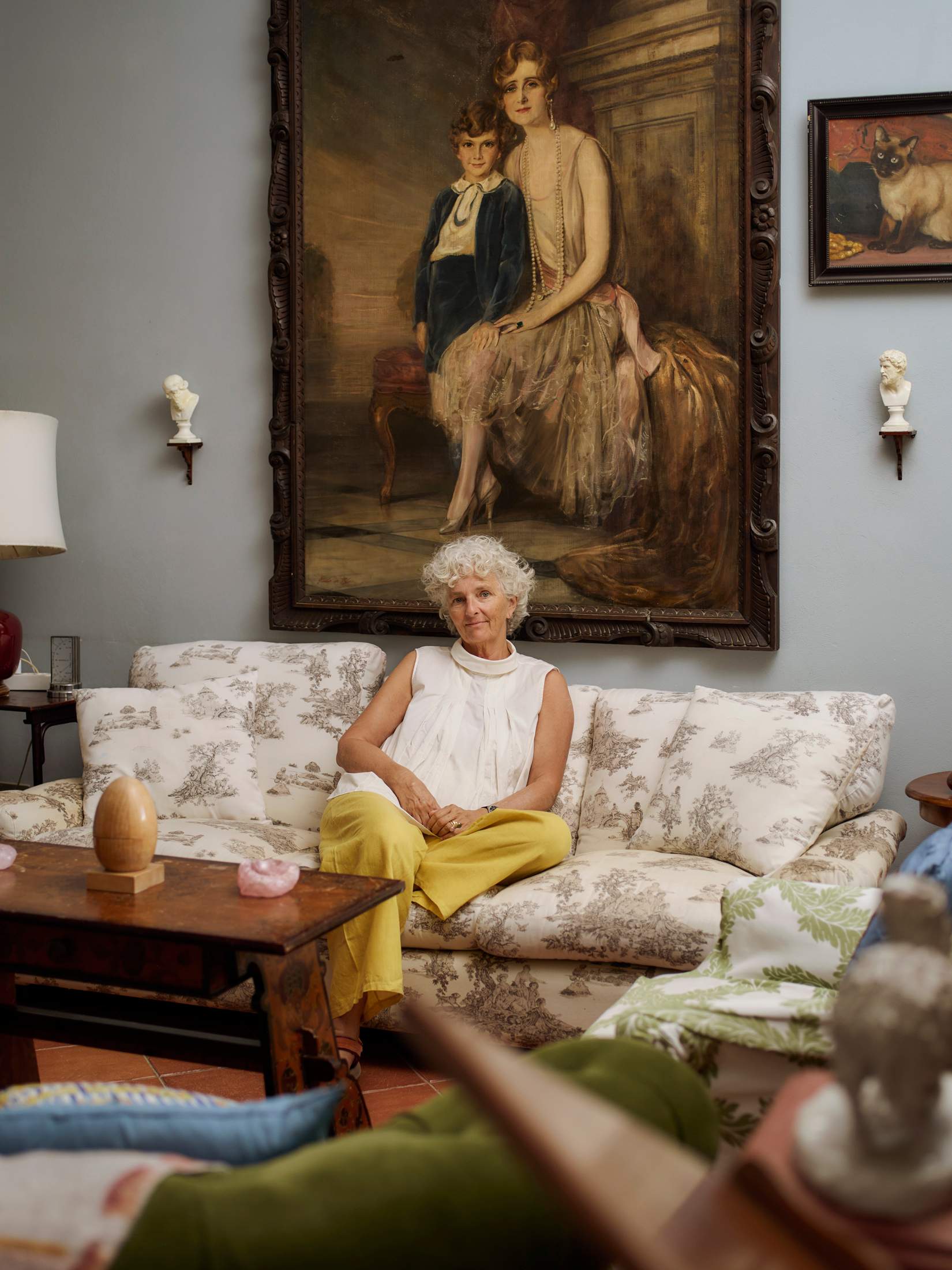
With so much delicious Sicilian produce, from olives and grapes to dense, pulpy tomatoes and squash, Lanza and her team stay busy by gathering and preparing meals. “The island truly is a bounty,” she says, savouring the taste of her words. “Take citrus as an example. There are vanilla oranges, blood oranges and lemons here. It’s a triumph.”
Lanza is also committed to exploring the lesser-known parts of Sicily’s culinary heritage. Her latest cookbook mentions a recipe for roasted cardoon – a thistle-like plant – drizzled in honey, which is traditionally consumed on a saint’s feast day. “This contrast between bitterness and sweetness is at the core of our religious festivals. It resembles life: a bittersweet story.”
Lanza is adamant that her school not only serves to pass on tradition and prepare regional specialities but also carves out space to experiment by engaging with outsiders such as chefs and journalists to exchange ideas about food. “Sicily has always been at the crossroads of the Mediterranean,” she says. “It’s a place where people have brought their own unique customs to enrich our table.”
annatascalanza.com
Pasta alla norma
Serves 4-6
Ingredients
Vegetable oil, for frying
900g firm aubergine, cut into 4 cm cubes
Fine sea salt
450g dried ziti or other tubular pasta
480ml high-quality tomato sauce, warmed
115g ricotta salata, grated
Handful of coarsely chopped fresh basil
Method
1. Pour about 5ml of oil into a wide, heavy-bottomed pot and place over medium heat until hot enough to fry in.
2. Once the oil is ready, lower the aubergine cubes into the pot. Do this in batches if needed to avoid crowding them in the oil. Fry the cubes for about 5 minutes, flipping occasionally, until golden brown all over. Use a slotted spoon to transfer the fried aubergine onto a wire rack or kitchen roll to drain. Sprinkle with salt.
3. Meanwhile, cook the pasta in a large pot of boiling, salted water until al dente.
4. Transfer the pasta to a large serving bowl along with warmed tomato sauce, half of the grated ricotta salata and half of the basil. Toss gently to combine. Pile the fried aubergine over the pasta and top with the remaining ricotta and basil. Serve immediately. This recipe is taken from ‘The Food of Sicily: Recipes from a Sun-drenched Culinary Crossroads’ by Fabrizia Lanza.


